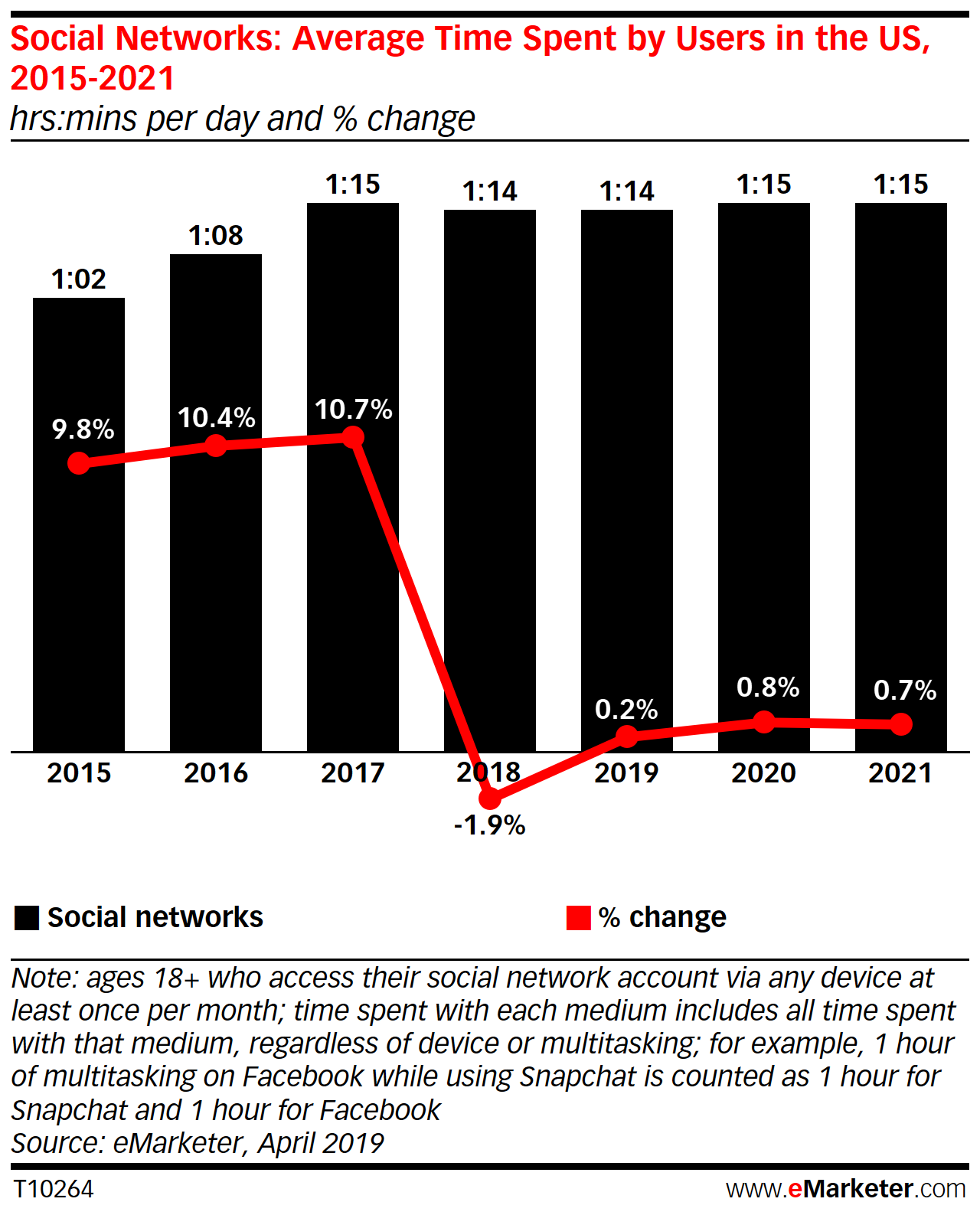Should I Shift My TV Advertising Spending to Digital?

This is a question many marketers are considering. After all, the readily-available Return on Investment (ROI) metrics and apparent lower cost of digital advertising can lead you to believe that it’s a safer move to spend more (or all) of your advertising budget on digital channels instead of television.
But if you’re shifting too much of your ad spending into digital and away from TV, you actually risk decreased sales over the long-term as your digital ads quickly begin to yield diminishing returns.
The truth is, your digital advertising campaign works better when you combine it with a TV advertising strategy.
TV has a significant halo effect on digital ROI.
An extensive 2016 study of multiplatform TV and digital channels found that on average, 18% of the ROI that’s typically attributed to digital search, display, and short-form video advertising actually should be credited to television. This is what’s known as a “halo effect” – after a brand is seen on TV, the audience is more likely to respond to digital ads because of a heightened awareness for that brand. This creates a spike in the performance of digital ads and exposure.
Why is TV so effective for building brand awareness?
TV viewers are receptive. A brand or product’s presence on TV reaches an attentive and receptive audience. TV viewers are in a position to pay more attention and be more open to learning about the brands and products they see on the screen, as opposed to deciding whether or not to skip or scroll past an online ad or sponsored post.
TV reaches a larger audience. Audience size matters. The more people that enter the top of your marketing funnel, the more opportunity you have to convert them. (We’ll talk more about marketing funnels in a bit!) Despite advertising being available on more and more digital channels, your largest and most receptive audience can still be found on TV.
According to a study released by the U.S. Department of Labor Bureau statistics, watching TV was the leisure activity that occupied the most time for Americans in 2018. About 78% of Americans a day were watching TV, with the average American watching 2.8 hours of TV a day.
Meanwhile, a study released in 2019 saw a decline in time spent on social media from 2017 to 2018, with a projection that social media use will reach a plateau over the next few years.
“Even though phones have pulled attention into this new kind of glowing rectangle to do new things, TV remains the biggest monopolizer of Americans’ attention,” says Alexis Madrigal, author of Powering the Dream: The History and Promise of Green Technology.
“Whatever else we might say about Facebook as an ever-optimizing attention-mining machine or the clickbaity excesses of YouTube, Americans still watch as much TV as they did before the creation of Facebook, YouTube, and Netflix.”
TV builds trust. With the benefits of sight, sound, and motion, TV content builds brand authenticity and trust with an audience. A Nielsen global survey found that when it comes to trust, both TV product placement and TV advertising still outperform online video, search engine, and social media advertisements.
Building awareness and authenticity with an attentive and receptive audience makes these consumers more likely to search for your product and click your online ads, leading to more sales. It’s smart to consider the impact of TV’s halo effect when deciding how much of your budget to spend on TV versus online advertising.
“But TV’s too expensive. I can only afford digital advertising.”
Though TV may initially seem more expensive, the long-term benefits of TV far outstrip those of digital advertising. While TV advertising shows long-term impact, with sales increasing significantly from year to year, Digital tends to do the opposite. In fact, without benefiting from TV’s halo effect, paid search is 21% less effective on average.
As marketers shift their spend from TV to Digital, they tend to see faster diminishing returns with their digital channels, and they find themselves spending more money for less effective advertising. Even shifting as little as 4% of your spend from TV to Digital can pose a significant risk of decreased sales.
“But digital ads allow me to target specific demographics. How do I know I’m reaching my target audience on TV?”
Finding your audience is very important. So important, in fact, that there’s some exciting new technology on the way for linear TV that will help its advertisers address viewers in much the same way that digital advertising does. In the meantime, it’s important to find brand exposure opportunities around – and preferably inside – programming that your ideal customer is watching on a regular basis.
For example, at Brenton Productions we understand how important target audience reach is for our automotive aftermarket clients. That’s one of the reasons we value our partnership with MotorTrend, the leading automotive network in America. Because of MotorTrend’s narrowly-focused lens of “all-cars, all-the-time” programming, these TV shows reach an audience of some 74 million automotive enthusiasts and professionals – the people most likely to purchase aftermarket parts and accessories, maintenance and repair parts, and automotive tools and equipment.
“But I can measure ROI with Digital; I can’t do that with TV.”
It’s true that digital advertising makes for easier-to-obtain metrics. You can see how many clicks and views an ad is getting. However, these numbers can be misleading; digital ROI isn’t as cut-and-dry as it may seem.
Remember that last touch attribution doesn’t give you all the information you need. Instead of simply looking at the last interaction that led to a sale, look at the entire conversion process. By simply looking at last touch attribution models, you’ll miss out on recognizing significant touch points that lead the customer to that final step before buying your product.
Don’t shortcut your marketing funnel. Included in the advertising toolkit of every savvy company is a marketing funnel. Your marketing strategy should cover each area of that funnel.

While digital channels serve the lower stages of your funnel by making it easy for consumers to take action (whether by subscribing to emails or making a purchase), TV is the most effective at achieving goals for higher stages like awareness and interest, which drive consumers toward those stages further down the funnel.
If you only focus your budget on bottom-of-the-funnel strategy and neglect the top of the funnel, you’ll miss out on the first crucial steps that lead consumers closer to taking action toward conversion.
While it’s less simple than tracking the results of your digital marketing efforts, you can observe how your TV advertising is performing.
Before you start calculating your ROI, decide on the goal of your TV spot. Is it to create better brand awareness, drive more website traffic, or increase sales? This distinction will help you get the most accurate results in your calculations.
Track phone calls and online traffic that occur within a set time window of when your TV spot airs. By comparing any spike in traffic within that window to the average amount of traffic, you can determine what amount of response to attribute to your TV exposure. At this point, you can further explore consumer activity based on your goals for that TV spot (how many of these consumers went on to subscribe to your newsletter, put items in their shopping cart, purchase a product, etc.?).
Use a dedicated phone number or web page to track TV responses. If this isn’t possible, give the consumer an opportunity to tell you where they heard about you, whether by filling out a quick form on your website, or being asked by the customer service or sales representative who answers the phone.
Use paid search ads to help track keywords associated with the TV spot. Including the name of the TV show, storyline, and hosts in your search terms is a good place to start.
Remember that while digital ROI is easy to obtain, it’s also easy to misinterpret. In many cases, this leads to making poor decisions about where to allocate your marketing budget, followed by a decrease in sales due to pulling key points of your buyers’ journeys out of your marketing strategy. Finding out how and where TV plays a role in your conversion process is key to understanding not only its worth, but the value that should be placed on your digital channels as well.
Have more questions? Our expert consultants are here to help!

0 Comments